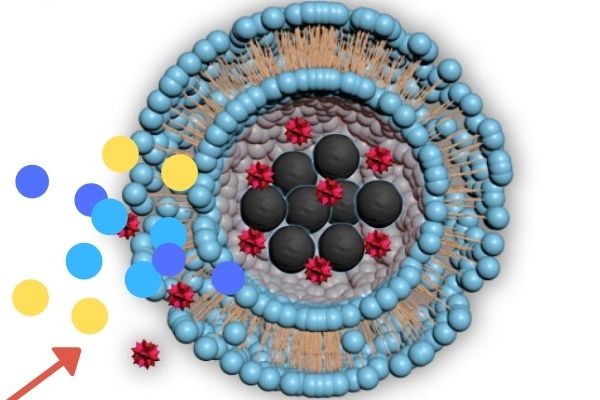
What happens when particles collide in a linear accelerator? Most physicists have done a number of experiments to find out what happens to sub-atomic particles. Not everyone can understand how it works, these individuals are opening the genie in the bottle. When positrons and spherical nanoparticles banged into each other, their initial calculations and hypothesis had remarkable results.
One must remember that these scientists are like discoverers of a new country, called the quantum world. Essentially, all matter at the sub-atomic level is composed of particles and energy that make up matter. All these particles are governed by the laws of physics that are still under investigation. Quantum science is relatively new, so it is all about these brainiacs getting the right calculation most of the time.
By shooting positrons at spherical nanoparticles, it had expected results when an electron and positron pairs were ejected when impacted. The value of such experiments using a linear accelerator is learning how matter works, gives insight to scientists trying to get inside the genie bottle. Of course, the genie bottle is the mysterious quantum world. We are Aladdin asking the genie in the bottle, to reveal secrets of the quantum world.
Not everyone knows how everything works in the quantum world, here is some insight to help non-scientists to understand how it works.
- Colliding electrons and positrons will create antimatter and unstable pairs, these particles orbit around each other. Just like planets in the solar system, these particles move around each in regular rotations that imitates gravity in micro-level too.
- Scientists called this exotic structure positronium and can be used on several positron targets like atomic gas to metal films to incite reactions. Striking either gas or solid metal film will be detected and studied, what happens at sub-atomic levels.
- There is one thing to find out that has not been done, which is shooting positrons at nanoparticle vapors. These gases are full of free electrons that have nanoscopic areas that should be investigated.
- A new research study discovered that positrons with football-nanoparticles, for the first time ever. These C60 football-shaped nanoparticles were seen only the first time ever. When positrons collided with varying impact energy, they released positronium radiations. All the radiation released was going towards incoming anti-particles.
- Observations of diffraction resonance from positrons hitting "buckyballs" at angles of 10-degrees had interesting consequences. It was like hitting a drum and the sound was like positronium signals that are caused by impacting positrons pointed its way.
- Since Positronium is a form anti-matter, this test will see how it reacts to gravity and sees what happens. Getting more data as it hits di-positronium and anti-hydrogen when the reactions begin at the start of the process. This is important for scientists to understand what happens with positive and anti-particles when investigating any quantum reaction.
In simple English, documenting how light is deflected by microscopic spheres, how C240 and energy particles are more energized at high levels. They enable calculating how positronium is emitted during the collision, from the angle of energy radiated from it.
There is no way to avoid the genie in the bottle because positrons and spherical nanoparticles are only one of the keys to understanding it. Secrets of the subatomic world will be known to everyone as the secrets are exposed.
Related Article: When Impacted by Positrons Spherical Nanoparticles Release Electron-Positron Pairs in Forward Directions












